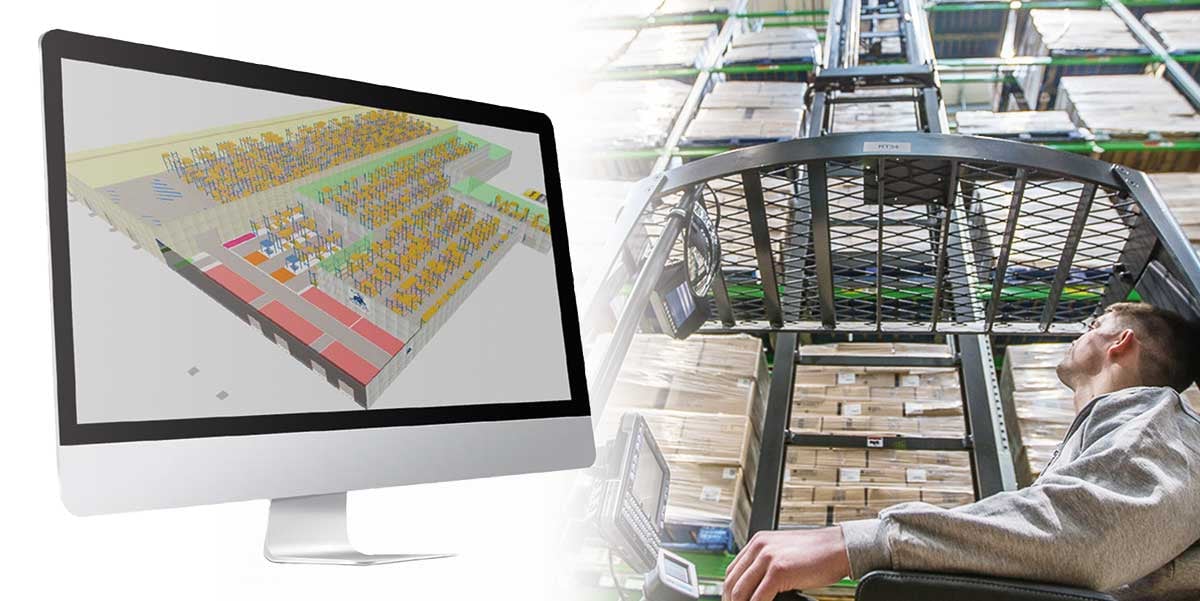
When planning a new warehouse, or thinking about making changes to an existing one, it's possible to use some basic figures about the operation to make an analysis of how effective the solution will be.
Figures like the trucks' speed, the rack heights in the warehouse and rough travel distances can give you an estimation of how the operation will look. However, this result will only ever be a fairly approximate estimation - and there's a good chance it could be missing crucial details that lead you to the wrong conclusions.
'Static' calculations on fixed, unchanging figures like these should be avoided, especially when simulation software is available. Static calculations can only offer a snapshot of the operation. A simulation, on the other hand, takes into account the huge amount of variables which can affect a materials handling operation.
For example, if you wanted to find out the time needed for a truck to drive to a rack, retrieve a pallet, and take it to the dispatch area, your calculation may involve the truck's average driving speed, lift speed, and distance to the pallet location. A simulation would give a more realistic picture, as it would take into account other vital details by simulating the actual route — details such as truck and pedestrian traffic, the acceleration parameters of the specific truck and manoeuvring needed along the route, and even the time taken for the driver to get on and off the truck, if it's relevant.
A simulation is dynamic and changing, just like a real materials handling operation - not flat and fixed, like a calculation. So if you're serious about boosting efficiency and creating the most rational operation possible, it is essential to use simulation software.
If you want to learn more about the benefits of simulation, and what software options are open to you, click the button below to get our PDF guide, The benefits of logistics simulation. It's completely free, and will tell you a lot more about the deep insights warehouse simulation software can provide, and how to take your next steps if you're interested in using it.






































Comment